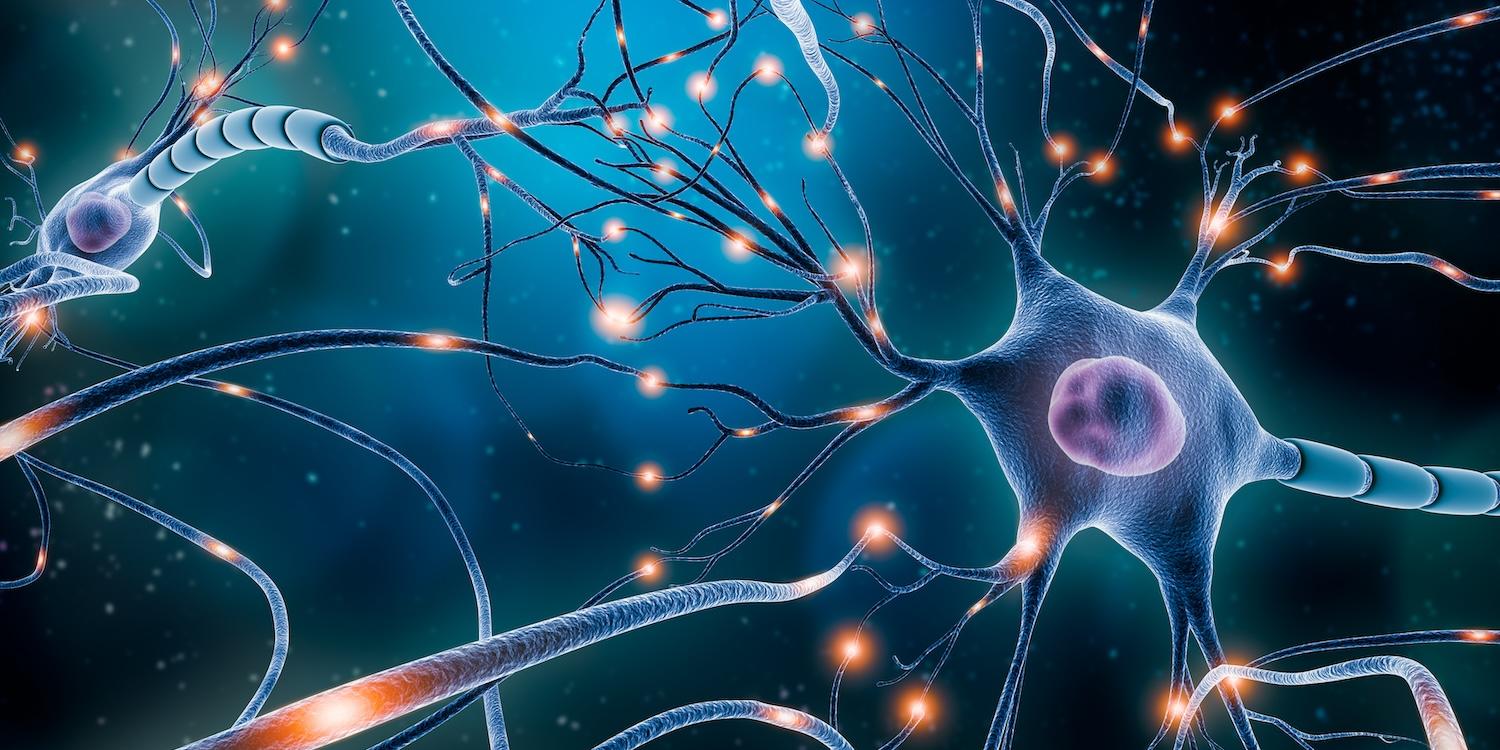on the March 20, 2025

To form lasting memories, the brain adjusts its neuronal connections by transporting RNAs to synapses, where they are translated into proteins. A study published in Nature in March 2025 by Florence Besse's team at the Valrose Biology Institute on Drosophila identifies the RNAs localized along axons, essential for memory consolidation, and describes their guidance mechanism, with implications for neurodegenerative diseases.
To form lasting memories, the brain must adjust its neuronal connections, notably by transporting RNAs to synapses, where they are translated locally into proteins. In an article published in Nature Communications, scientists have combined several approaches in Drosophila to identify RNAs that localize specifically along axons. They have shown that this localization is essential for memory consolidation, and have elucidated the mechanism by which these RNAs are guided to their destination. This discovery sheds light on the role of RNA transport in memory and opens up new prospects for neurodegenerative diseases.
The key role of RNA in synaptic plasticity
Long-term memory is a fundamental process that enables organisms to store and retrieve information about past events, enabling them to respond adaptively to their environment. At the cellular level, this type of memory relies on synaptic plasticity, i.e. the ability of neurons to strengthen or weaken their synaptic connections in response to experience.An essential mechanism for synaptic plasticity is the local regulation of gene expression, notably through the transport and local translation of messenger RNAs (mRNAs) at synapses. However, the precise mechanisms controlling mRNA localization in neurons and their role in long-term memory remain poorly understood.
In a study published in the journal Nature Communications, scientists combined mRNA profiling techniques at synapses with high-resolution brain imaging in Drosophila. This approach enabled them to identify mRNAs specifically localized in the axons of neurons involved in memory. Using functional approaches, they also discovered a conserved RNA-binding protein, called Imp, which acts as a "guide" to help these mRNAs reach their destination. By studying flies carrying a mutation in the lmp gene, which blocks this transport to synapses, they showed that this localization of mRNAs is crucial for long-term memory, but not necessary for short-term memory.
An essential mechanism for memory consolidation
These results highlight a fundamental mechanism for regulating gene expression at synapses, essential for the consolidation of long-term memory. They suggest that the precise localization of mRNAs in neurons is crucial for synaptic plasticity and the formation of lasting memories.This work opens up new perspectives for research into neurodegenerative diseases such as Alzheimer's, where memory is severely impaired. By better understanding the molecular mechanisms underlying long-term memory formation, we may be able to develop new therapeutic strategies to prevent or treat these diseases.

Figure: RNA molecules (red spots) localize along the axonal extensions of memory neurons (blue) in the Drosophila brain. Different sub-compartments (green) with specific molecular signatures can be defined along the axons.
- To find out more
-
de Queiroz, B.R., Laghrissi, H., Rajeev, S. et al. Axonal RNA localization is essential for long-term memory. Nat Commun 16, 2560 (2025). https://doi.org/10.1038/s41467-025-57651-7
- Contact
-
Florence Besse | CNRS Research Director at the Institut de biologie Valrose (iBV) - (CNRS/Inserm/Université Côte d'Azur) | +33 4 89 15 07 45 | Florence.BESSE@univ-cotedazur.fr
Source : INSB - CNRS



